SNAA372A November 2022 – December 2024 LMK6C , LMK6D , LMK6H , LMK6P
BAW Resonator Technology
BAW is a micro-resonator technology that enables the integration of high-precision and ultra-low jitter clocks directly into packages that contain other circuits. In the LMK6C and CDC6CLVCMOS oscillator families, BAW is integrated with a co-located precision temperature sensor, a ultra-low jitter, low power output divider, a single-ended LVCMOS output driver, and a small power-reset-clock management system consisting of several low noise LDOs.
Figure 1 shows the structure of the the BAW resonator technology. The structure includes a thin layer of piezoelectric film sandwiched between metal films and other layers that confine the mechanical energy. The BAW utilizes this piezoelectric transduction to generate a vibration.
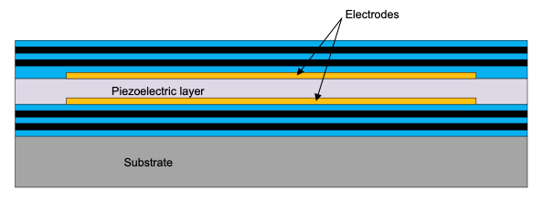 Figure 1 Basic Structure of a Bulk
Acoustic Wave (BAW) Resonator
Figure 1 Basic Structure of a Bulk
Acoustic Wave (BAW) Resonator| Devices | Type | Key Features |
|---|---|---|
|
CDC6C |
Low-Power LVCMOS Oscillator |
Standard frequencies between 1MHz and 200MHz, ± 50ppm frequency accuracy, 1ps RMS jitter |
| LMK6C | Ultra-low
Jitter LVCMOS Oscillator |
Any frequency between 1MHz to 200MHz, ± 25ppm frequency accuracy, 200fs RMS jitter |
| LMK1C1104 | 1:4 LVCMOS buffer | 1.8V - 3.3V supply, ultra-low additive jitter of 20 fs |
BAW Oscillator in Factory Automation
The LMK6C and CDC6C BAW oscillators can be used in factory automation applications to clock the Ethernet or USB controller interface as well as the backplane MPU and FPGA as shown in Figure 2.
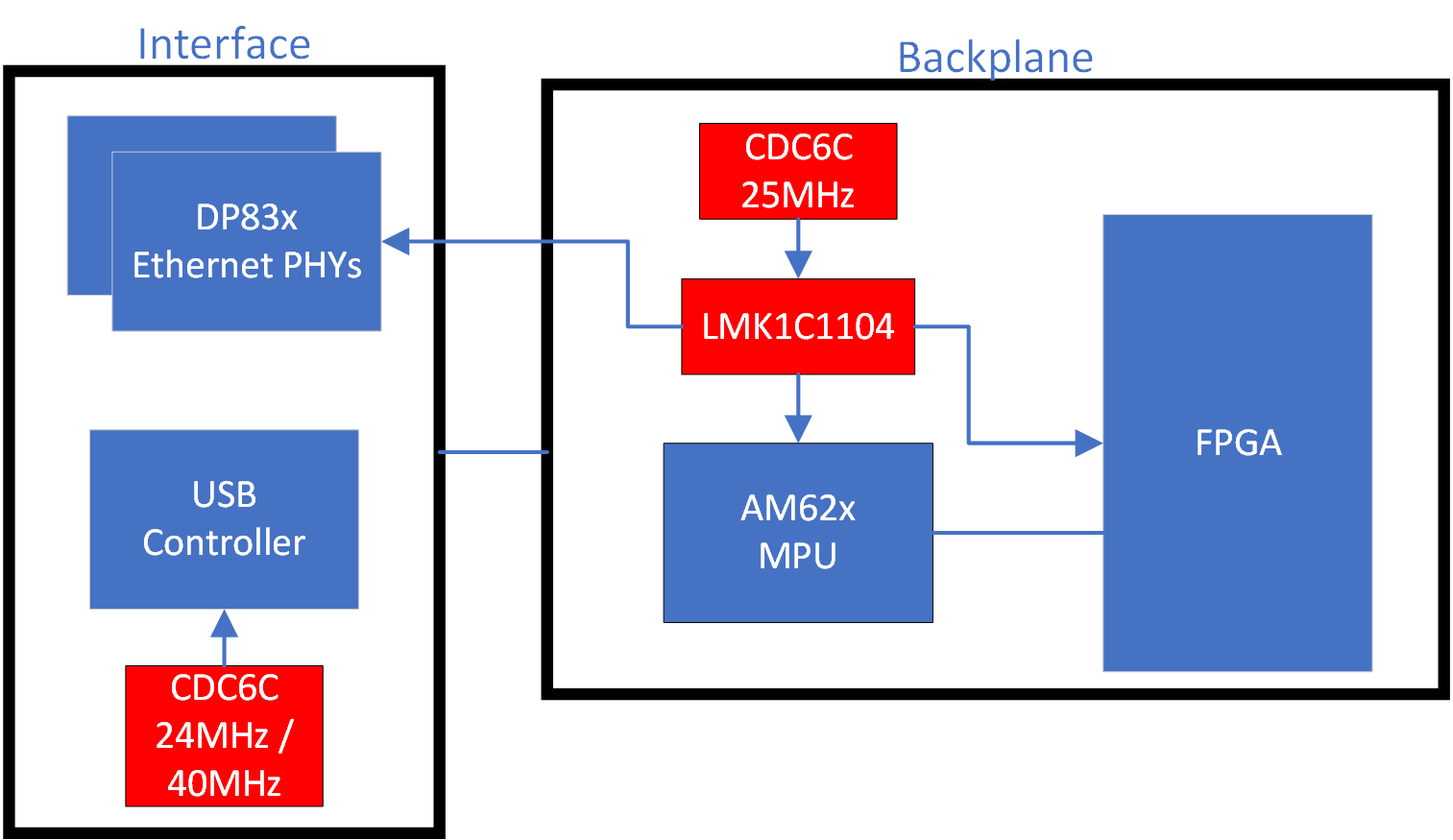 Figure 2 Typical Block Diagram of BAW Oscillator Used in Factory Automation
Figure 2 Typical Block Diagram of BAW Oscillator Used in Factory AutomationBenefits of the BAW Oscillator
The BAW oscillator has three key benefits: high-grade reliability, superb performance, and flexibility in many use-cases.
High-Grade Reliability
The BAW oscillator provides:
- A typical vibration metric of 1
ppb/g.
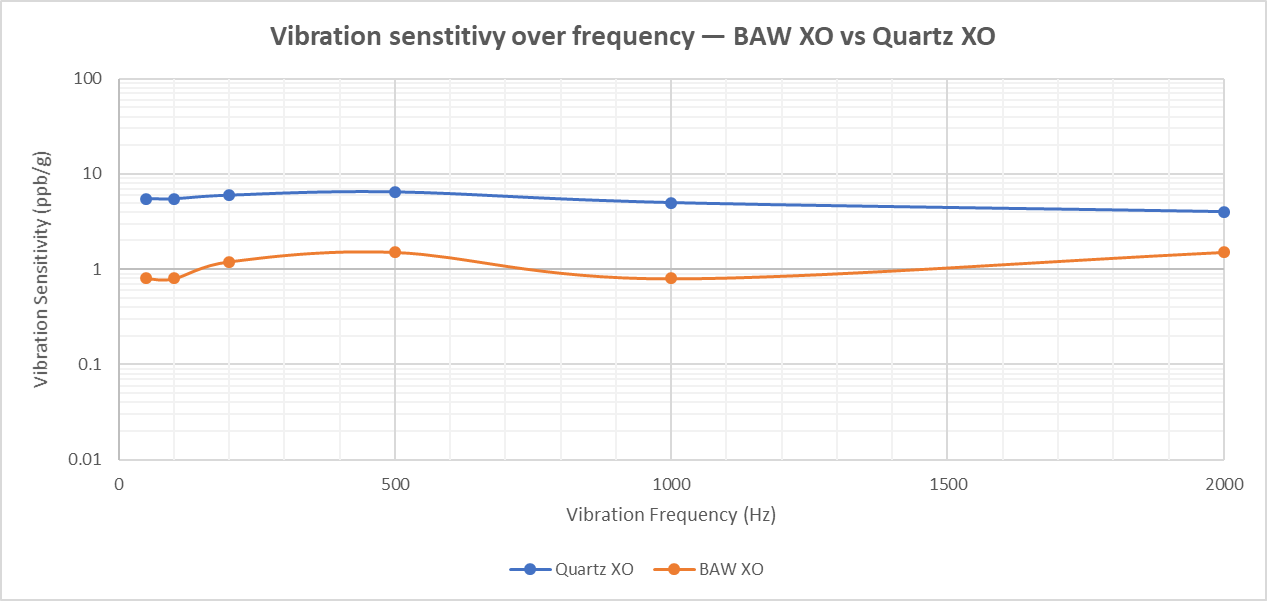 Figure 3 BAW Oscillator
Vibration Sensitivity
Figure 3 BAW Oscillator
Vibration Sensitivity - An all-inclusive frequency
stability of ± 25ppm (including 10 years aging) and a temperature stability of ±
10ppm.
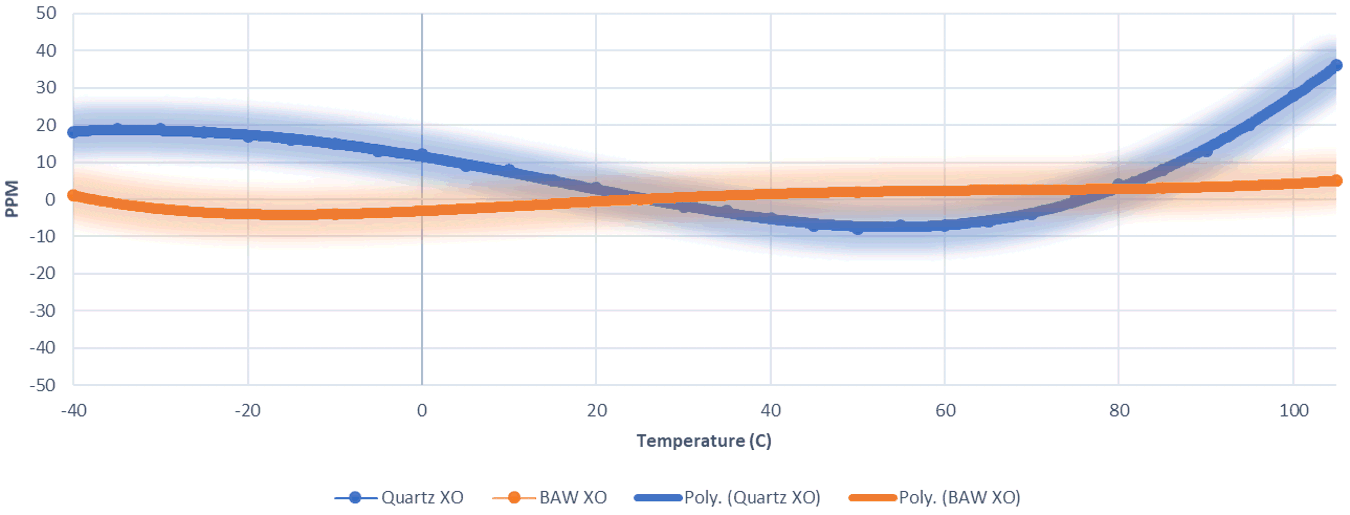 Figure 4 Temperature Stability
Comparison of BAW Oscillator and Quartz Oscillator
Figure 4 Temperature Stability
Comparison of BAW Oscillator and Quartz Oscillator
20 - 30 times higher MTBF (mean time before failure) compared to crystal oscillators (XOs)
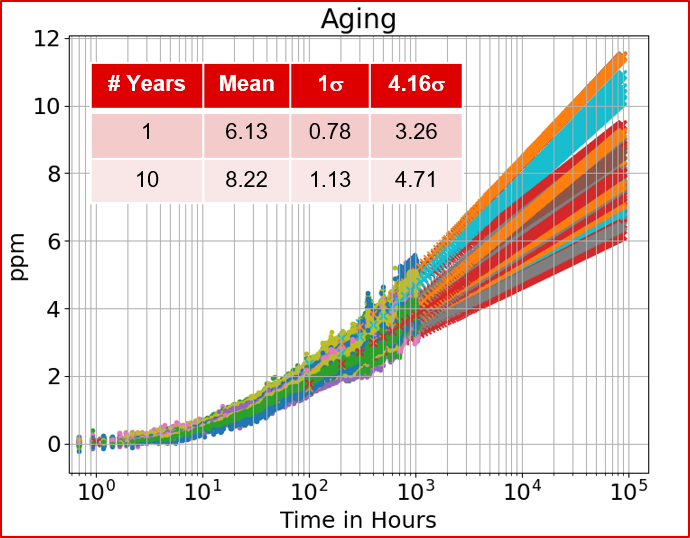 Figure 5 LMK6C Single-ended BAW
Oscillator Aging
Figure 5 LMK6C Single-ended BAW
Oscillator AgingSuperb Performance
The ultra-low jitter LMK6C LVCMOS BAW oscillator has a typical rms jitter of 200fs and a maximum rms jitter of 500fs. CDC6C, a lower power solution, has a typical rms jitter of 400fs and a maximum rms jitter of 1ps.
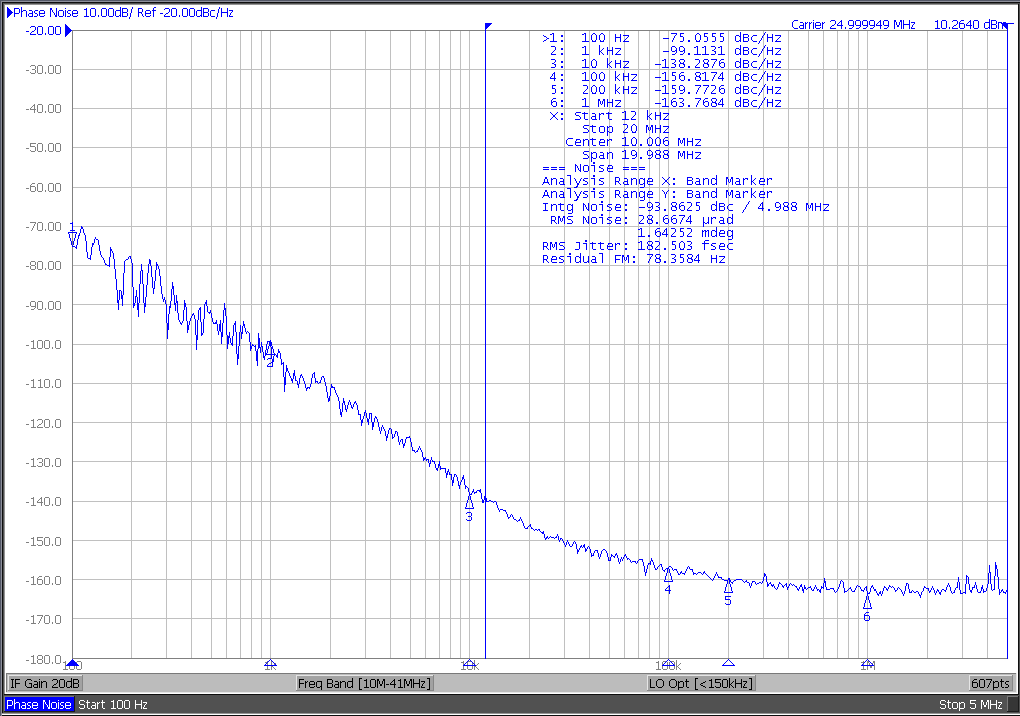 Figure 6 LMK6C BAW Oscillator 25 MHz Phase Noise Performance
Figure 6 LMK6C BAW Oscillator 25 MHz Phase Noise PerformanceFlexible Solution
For standard frequency outputs, CDC6C offers low power (7mA typical), and is available in four standard oscillator packages, including the industry smallest DLY (1.6mm x 1.2mm). CDC6C supports any supply voltage between 1.8V and 3.3V.
For non-standard or custom output frequencies, LMK6C can achieve any frequency between 1MHz-200MHz using a high-performance fractional output divider (FOD). LMK6C is also an excellent choice for applications that require more stringent phase noise or jitter requirements.
Both the CDC6C and LMK6C oscillator families offer layout advantages compared to passive crystals. Crystals require several passive components to tune the resonant frequency and maintain oscillation. In comparison, active oscillators such as the CDC6C or LMK6C only require a single capacitor for power supply filtering, simplifying the BOM and reducing the layout area required. Additionally, parasitic capacitance from PCB traces does not affect the frequency accuracy of an active oscillator which allows placement much farther away from the receiver compared to crystal.
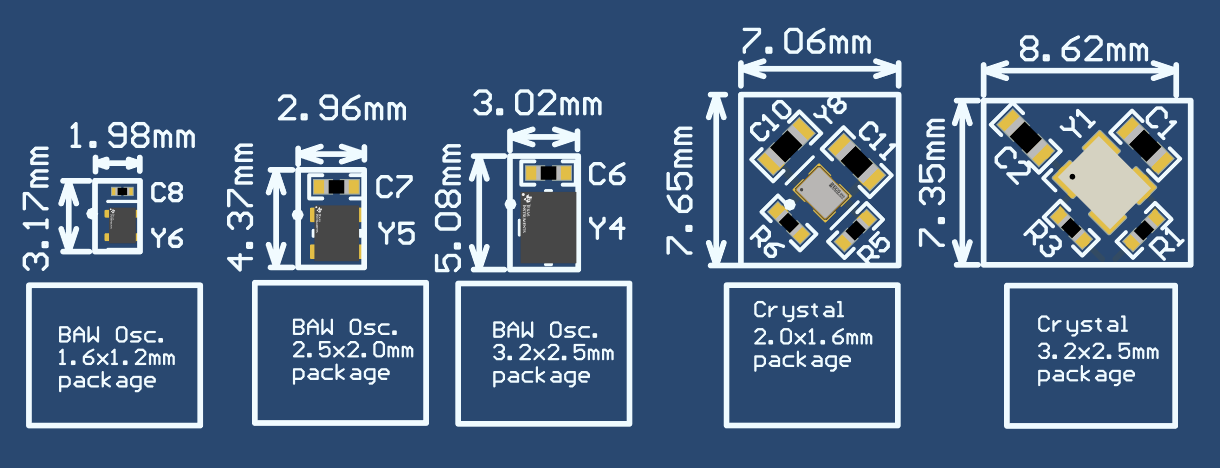 Figure 7 Layout Comparison Between
Crystal and BAW Oscillators in Standard Package Sizes
Figure 7 Layout Comparison Between
Crystal and BAW Oscillators in Standard Package Sizes